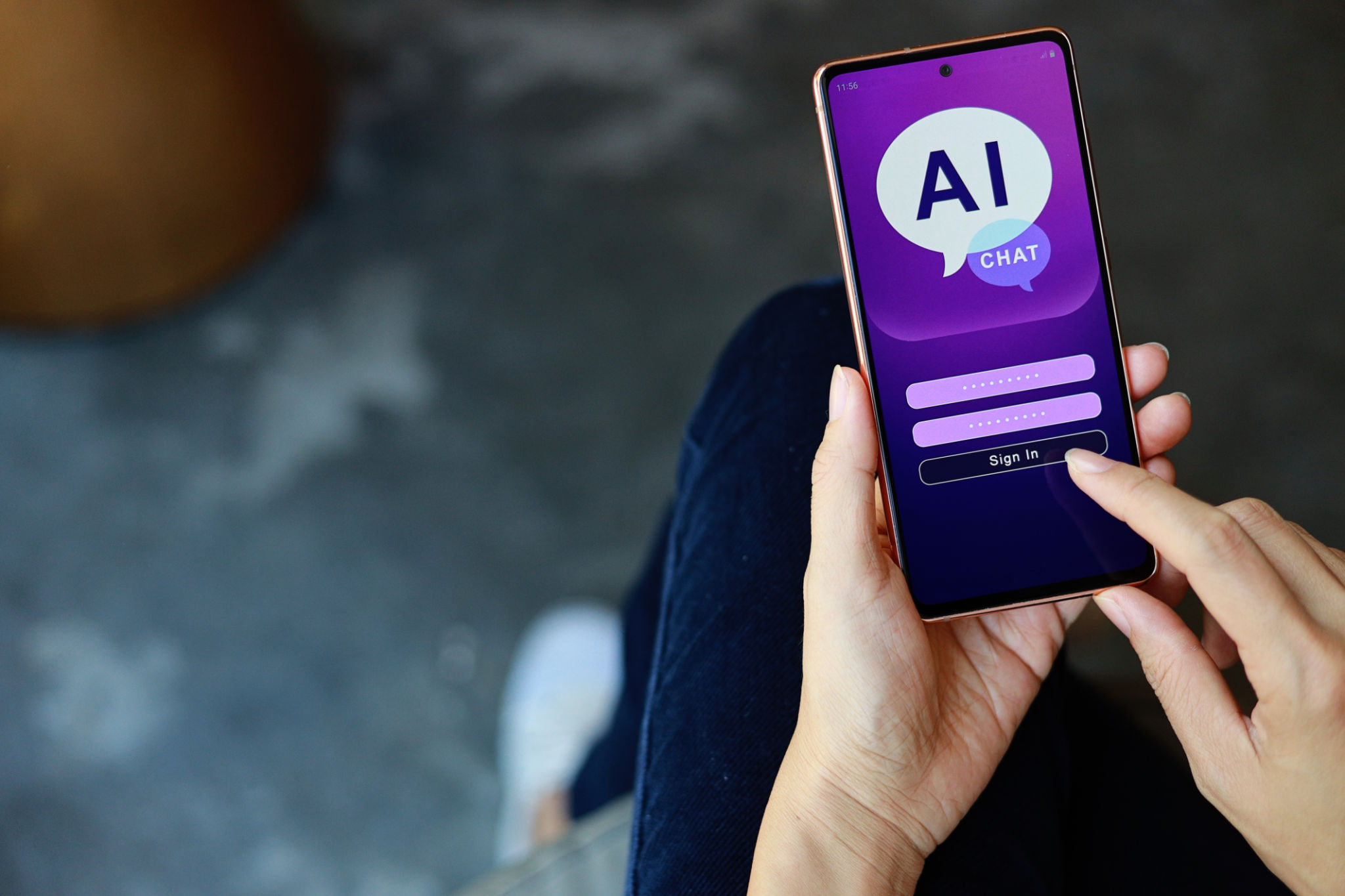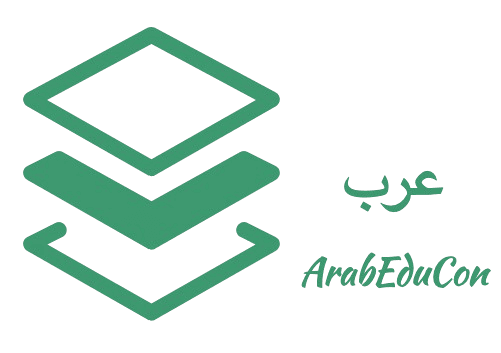Exploring the Impact of Digital Learning on Arabic Language Development
NI
The Rise of Digital Learning
The advent of technology has revolutionized education, and digital learning has become an essential part of modern pedagogy. This shift is not only transforming traditional educational methods but is also having a profound impact on language development, especially for languages like Arabic. With the widespread availability of digital resources, learners are now able to access a wealth of information and tools that were previously unimaginable.
Digital platforms offer a diverse range of interactive materials, from multimedia content to language learning apps, facilitating a more engaging and personalized learning experience. These resources cater to different learning styles, allowing individuals to progress at their own pace and focus on areas that require additional attention.

The Role of Interactive Tools in Language Acquisition
Interactive tools play a crucial role in the development of the Arabic language among learners. Applications that emphasize gamification can make the learning process more enjoyable and less daunting. By turning learning into a game, students are more likely to remain motivated and committed to their studies.
Moreover, language apps often incorporate speech recognition technology, providing immediate feedback on pronunciation and fluency. This real-time correction is invaluable for learners seeking to improve their spoken Arabic, as it allows for constant practice and refinement of skills.

Benefits of Digital Learning for Arabic Language
Digital learning offers numerous benefits for Arabic language development. Some key advantages include:
- Access to a vast array of resources: Learners can explore various texts, audio, and video materials to enhance their understanding and proficiency.
- Flexible learning environment: Online platforms allow students to learn at their convenience, accommodating their unique schedules and lifestyles.
- Exposure to diverse dialects: With the help of digital resources, learners can familiarize themselves with the different dialects of Arabic spoken across various regions.
The Importance of Cultural Context in Digital Learning
Understanding the cultural context is essential when learning any language, and Arabic is no exception. Digital platforms often provide cultural insights and context through interactive lessons and multimedia content, helping learners grasp the nuances of the language.
Cultural immersion through digital means can also be achieved by engaging with native speakers via online communities or language exchange programs. These interactions offer valuable opportunities to practice conversational skills and gain insights into cultural norms and customs.

Challenges and Considerations
While digital learning offers many benefits, it is not without challenges. One significant concern is the potential for an over-reliance on technology, which may lead to a lack of real-life interaction. To address this issue, it is important for learners to balance digital tools with traditional methods such as face-to-face conversations or immersive experiences abroad.
Additionally, ensuring content quality and accuracy is crucial. Not all online resources are reliable or well-structured, so learners must be discerning in their choices, opting for reputable platforms that provide accurate information.

Conclusion
The impact of digital learning on Arabic language development is significant and multifaceted. By offering flexible, engaging, and resource-rich environments, digital tools are helping to break down barriers in language acquisition. However, it remains essential for learners to integrate these tools thoughtfully with traditional methods to fully realize their potential in mastering the Arabic language.
